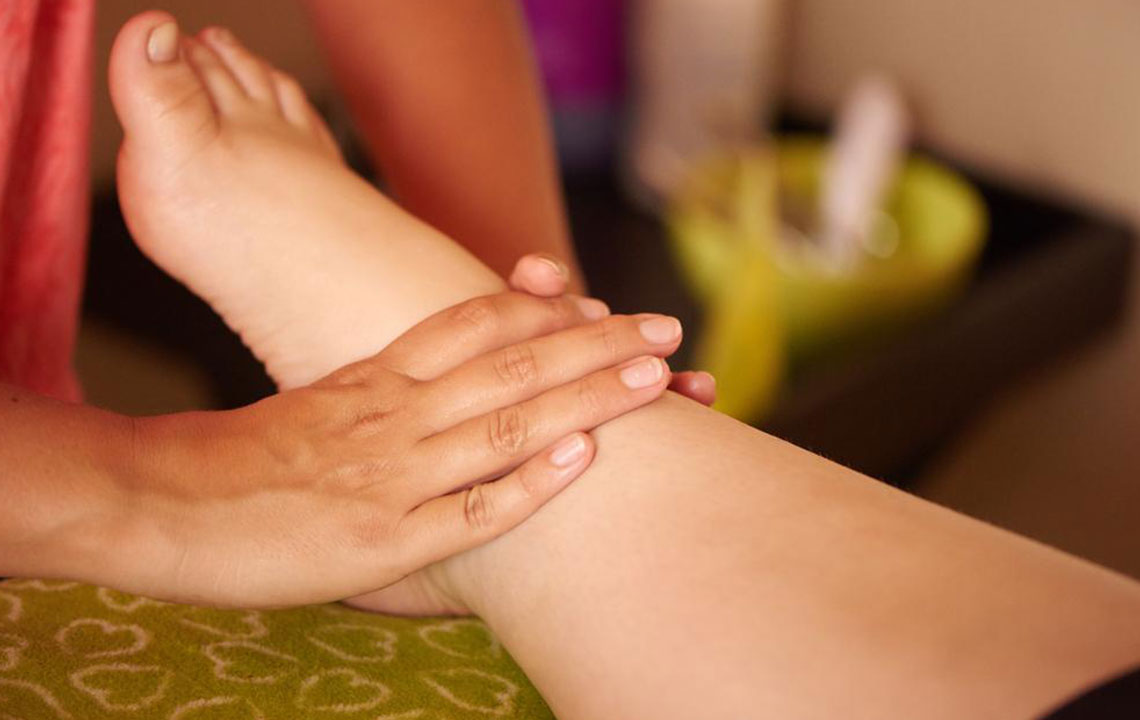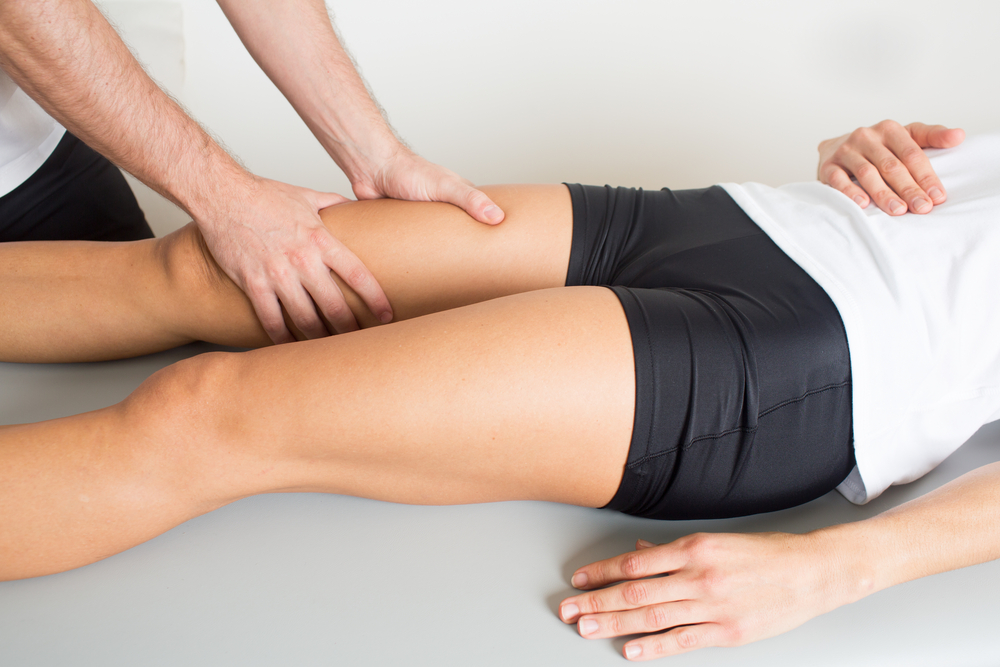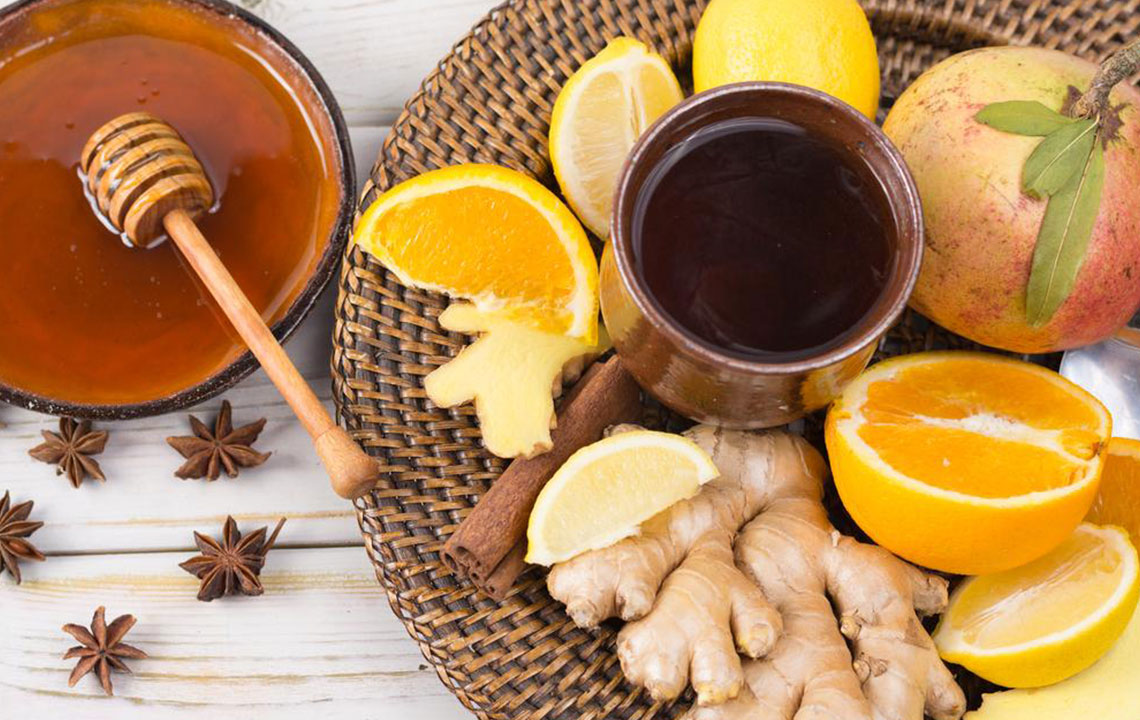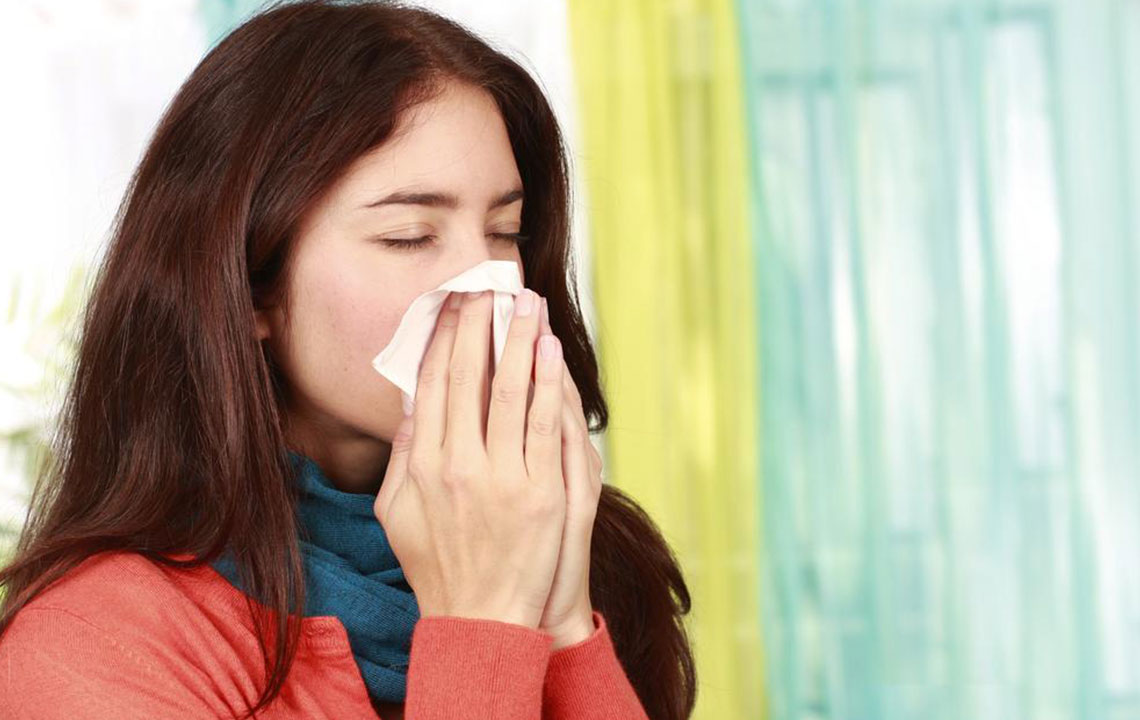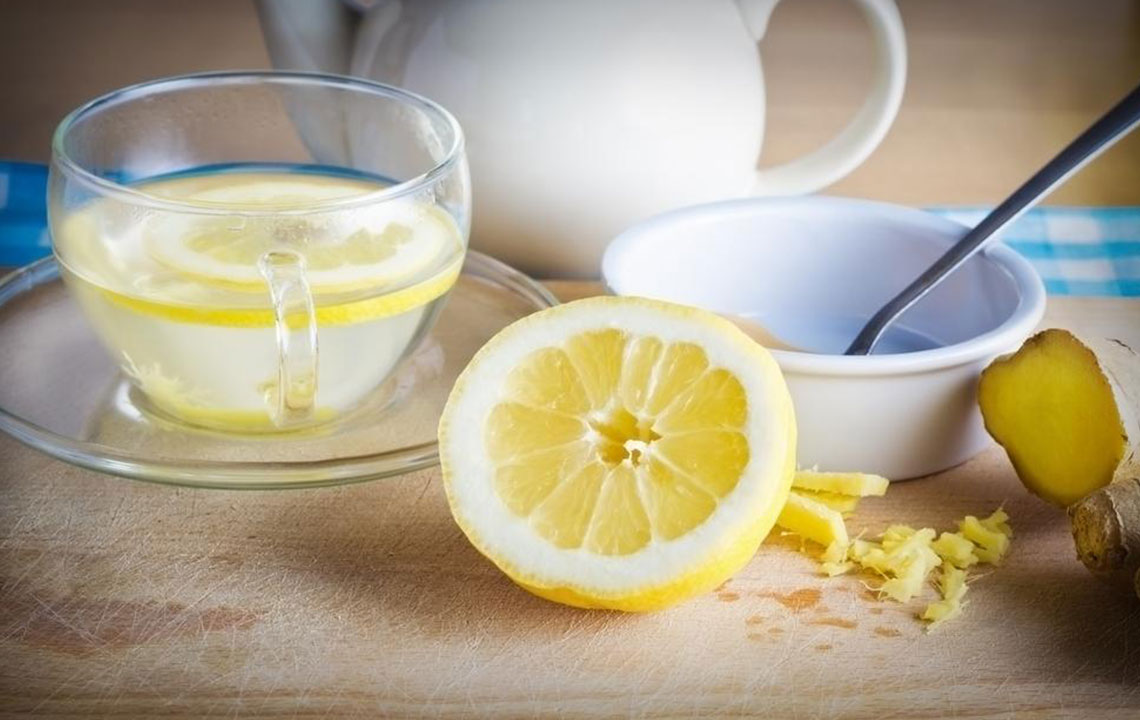Comprehensive Home Strategies to Alleviate Swollen Legs and Ankles Naturally
Discover effective home remedies and lifestyle strategies to naturally reduce swollen legs and ankles. Learn how exercises, dietary changes, elevation, hydration, and other simple measures can boost circulation and prevent edema. This comprehensive guide provides practical tips for long-term relief and overall limb health, emphasizing natural solutions before seeking medical attention for persistent swelling.

Effective Home Remedies to Reduce Leg and Ankle Swelling
Experiencing swelling in the legs and ankles is a common health concern that affects many individuals worldwide. This discomfort, often characterized by visible puffiness or tightness, is frequently caused by fluid accumulation in the tissues—a condition medically known as edema. While occasional swelling might be benign, persistent or worsening symptoms should not be ignored, as they can be signs of underlying health issues requiring medical attention. Fortunately, there are numerous natural remedies and lifestyle adjustments that can significantly alleviate swelling, improve circulation, and promote overall limb health.
Understanding the Causes of Leg and Ankle Swelling
While most cases of leg and ankle swelling are benign and temporary, it is important to understand the common causes. Factors such as prolonged periods of sitting or standing can cause fluid to settle in the extremities, leading to edema. Hot weather can exacerbate swelling as blood vessels dilate, allowing more fluid to leak into surrounding tissues. Dietary habits, especially high salt intake, play a crucial role in fluid retention. Pregnancy, varicose veins, and underlying medical conditions like cardiovascular, renal, or hepatic diseases can also contribute to persistent swelling. Recognizing these triggers is essential for managing and preventing recurrent episodes.
The Importance of Lifestyle Modifications and Natural Home Treatments
Before resorting to medication, adopting certain lifestyle habits and simple home remedies can naturally reduce swelling. These strategies not only provide relief but also support overall circulatory health and prevent future episodes of edema.
Regular Physical Activity Encourages Healthy Circulation
One of the most effective ways to combat fluid retention is through consistent physical activity. Exercise helps stimulate blood flow, preventing fluids from pooling in the lower limbs. Especially beneficial is swimming, which relieves pressure on the legs and ankles by buoyancy, making movement easier and more comfortable. Additionally, walking for about 50 minutes daily, preferably in the afternoon, enhances venous return—meaning blood flows back more efficiently to the heart. For individuals who experience swelling after long periods of sitting or standing, incorporating regular movement breaks can make a substantial difference.
Leg Elevation for Targeted Relief
Elevating the legs is a straightforward yet powerful method to reduce swelling. Lying down and raising the legs above heart level for 20 to 30 minutes three times a day allows gravity to help drain excess fluids. Using pillows or specialized footstools can facilitate proper elevation, especially during rest or sleep. Regular leg elevation has been proven to decrease puffiness, soothe discomfort, and improve circulation, making it a crucial part of home management for edema.
Limiting Salt Intake to Prevent Fluid Retention
Dietary habits heavily influence fluid balance within the body. Excessive salt consumption causes the body to retain water, thereby increasing pressure on blood vessels and leading to swelling. To combat this, reducing the amount of processed and fast foods that are high in sodium is recommended. Incorporating fresh fruits, vegetables, and herbs can add flavor without the need for salt. Reading nutrition labels to monitor sodium content and cooking with natural seasonings like lemon, garlic, or pepper can help manage salt intake effectively, promoting healthier fluid regulation.
Stay Hydrated for Optimal Body Function
It might seem counterintuitive, but drinking plenty of water is essential in reducing swelling. Proper hydration assists the kidneys in filtering out excess sodium and waste, thereby decreasing fluid retention. Aim for at least 8 to 10 glasses of water daily, adjusting based on activity level and climate. Enhancing water with natural flavorings such as lemon or lime not only improves taste but also provides antioxidants, aiding detoxification and reducing swelling caused by electrolyte imbalances.
Epsom Salt Baths for Muscle Relaxation
Taking regular warm baths with Epsom salts offers a soothing remedy for swollen limbs. Epsom salt, containing magnesium sulfate, is absorbed through the skin and helps relax tense muscles, reduce inflammation, and improve circulation. Soaking your legs in an Epsom salt solution for 15-20 minutes can provide quick relief from discomfort, especially after a day of prolonged standing or physical activity. Incorporating this simple routine into your care enhances comfort and promotes quicker recovery from swelling episodes.
Eliminating Smoking to Improve Circulatory Health
Smoking significantly impairs circulation by damaging blood vessels and reducing oxygen delivery throughout the body. This compromised blood flow increases the risk of edema and other circulatory problems. Quitting smoking not only enhances vascular health but also reduces the risk of developing peripheral artery disease, which can cause persistent swelling and skin changes. Support groups, nicotine replacement therapies, and medical counseling can greatly assist individuals aiming to quit smoking for better limb health and overall wellness.
Compression Stockings as a Preventive Measure
Wearing compression stockings is a proven method to support venous return—a crucial factor in preventing swelling. These specially designed elastic garments apply graduated pressure to the legs, promoting blood flow back to the heart. Compression stockings are especially beneficial for pregnant women, individuals with varicose veins, or those who stand or sit for extended periods due to work. The consistent use of compression therapy can significantly decrease swelling, alleviate discomfort, and prevent the progression of venous insufficiency.
When to Seek Medical Advice
Although most swelling cases are benign and manageable with home remedies, certain warning signs necessitate prompt medical attention. Persistent or sudden swelling accompanied by symptoms such as dizziness, chest pain, shortness of breath, or a sudden increase in limb size could indicate serious underlying issues like heart failure, deep vein thrombosis, or kidney disease. Consulting a healthcare professional is crucial for proper diagnosis and treatment. Medical assessment may involve diagnostic tests, and in some cases, medications or specialized interventions are required to effectively manage underlying health conditions causing edema.
In conclusion, understanding the causes of leg and ankle swelling enables individuals to take proactive steps at home to manage symptoms effectively. Combining lifestyle modifications, natural remedies, and medical advice when necessary ensures comprehensive care, improving comfort, mobility, and overall quality of life.

